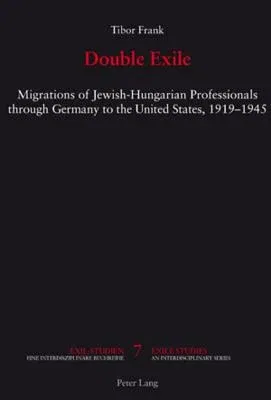Tibor Frank
(Author)Double Exile: Migrations of Jewish-Hungarian Professionals through Germany to the United States, 1919-1945Paperback, 24 April 2009

Qty
1
Turbo
Ships in 2 - 3 days
Only 3 left
Free Delivery
Cash on Delivery
15 Days
Free Returns
Secure Checkout

Part of Series
Exile Studies
Part of Series
Exile Studies. an Interdisciplinary
Part of Series
Exilstudien / Exile Studies
Print Length
506 pages
Language
English
Publisher
Peter Lang Copyright AG - Ipsuk
Date Published
24 Apr 2009
ISBN-10
3039113313
ISBN-13
9783039113316
Description
Product Details
Author:
Book Format:
Paperback
Country of Origin:
CH
Date Published:
24 April 2009
Dimensions:
22.86 x
15.24 x
2.59 cm
ISBN-10:
3039113313
ISBN-13:
9783039113316
Language:
English
Location:
Bern
Pages:
506
Publisher:
Weight:
671.32 gm